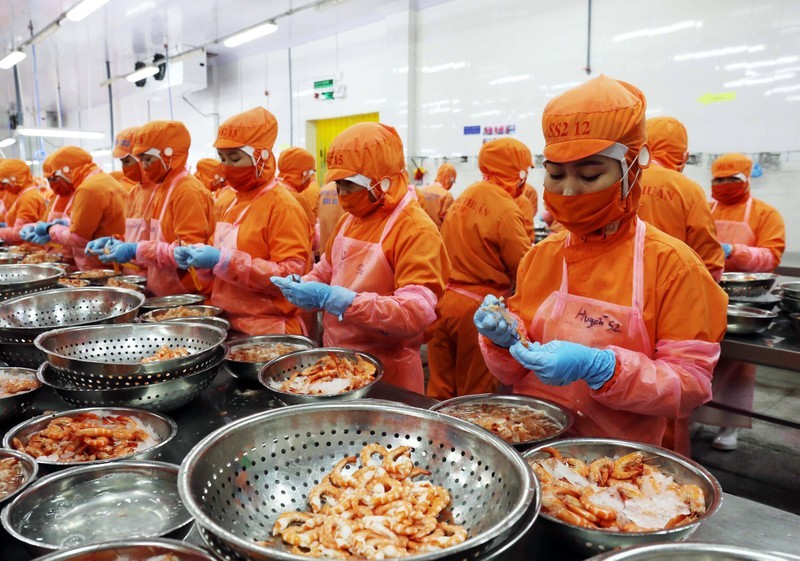Agricultures, Foods, News & Event
Promote deep processing of seafood
Vietnam’s seafood exports in May reached $900 million, down 14.4% from a year ago, with a sharp decline in staples such as pangasius, shrimp, tuna, squid and octopus.

Meanwhile, dried fish and canned fish are bright spots with higher sales than the same period last year. Anchovies and yellow snapper are the two most popular types of dried fish in Vietnam.
The largest markets for dried fish in Vietnam are China (56%), Russia (17%), Malaysia (8%), Hong Kong (China) (4%) and South Korea (3%). Other markets such as Romania, Australia, and Lithuania have also increased their imports of Vietnamese dried fish in recent months.
According to experts, the dry fish export data shows that inflation has changed consumer habits and fresh products are being replaced by dried and canned foods.
During this difficult period, Vietnamese seafood enterprises have recognized this trend and adjusted their business plans accordingly.
On the one hand, businesses have actively participated in international seafood trade fairs such as those in the United States, Spain and Japan. For example, the event in Barcelona at the end of April attracted 38 Vietnamese seafood companies, double that of 2022. During the exhibition period, VASEP, representing manufacturers and exporters, seafood products, has organized many activities to promote the main seafood products of Vietnam.
In 2023, there are also activities to introduce dishes made from shark, shrimp, and tuna processed by Vietnamese chefs living and working abroad.
On the other hand, this is also an opportunity for seafood producers and exporters to step up and step up the deep processing of seafood. In the past, when raw materials were abundant, businesses often chose the basic form of processing and then exporting.
Recently, businesses have turned to high-end processing and targeted fastidious markets such as Japan, Europe, and the US. In addition to the pressure to make prices more competitive, seafood suppliers must also be interested in adding services to their products to stimulate demand. For example, many distributors are offering fish products sliced, seasoned, ready-made or packaged with seasoning and cooking instructions.
When processed products meet the preferences of consumers, it will benefit both consumers of the importing country but also the processors and exporters of Vietnam. It is estimated that with 1 dollar of capital, exporters can earn 5-7 dollars from deeply processed foods, while the revenue from basic processing exports is only 1.5-2 dollars. Developing the deep processing industry is also the foundation for Vietnam’s seafood industry to integrate more deeply into the global seafood supply chain.
